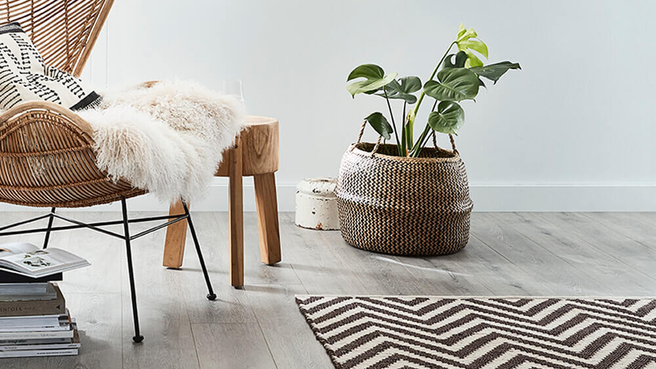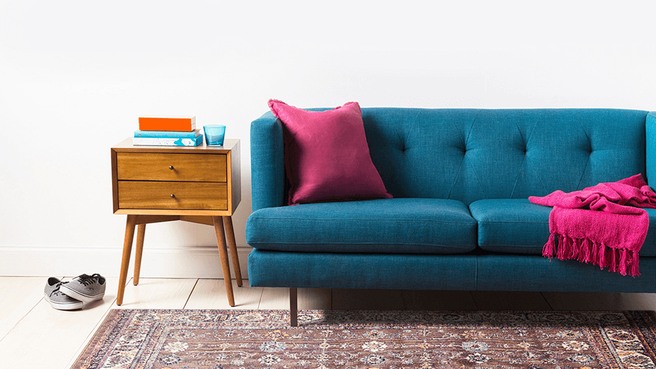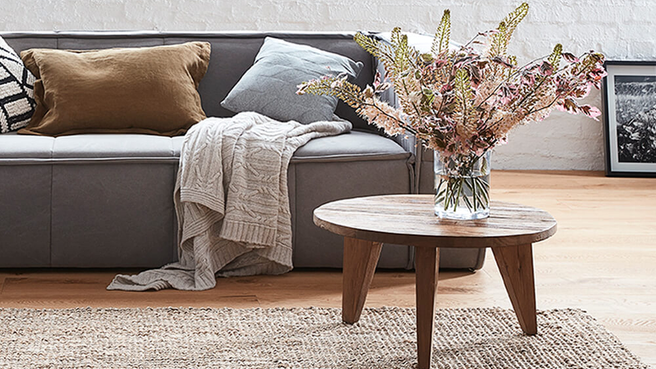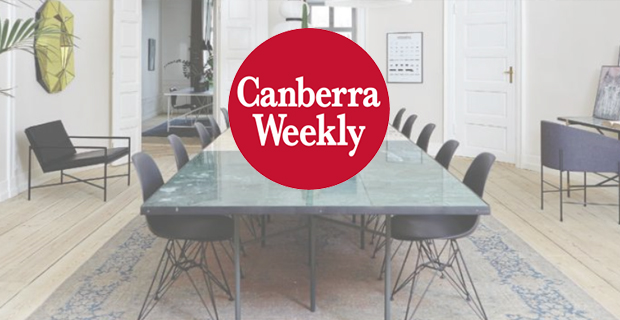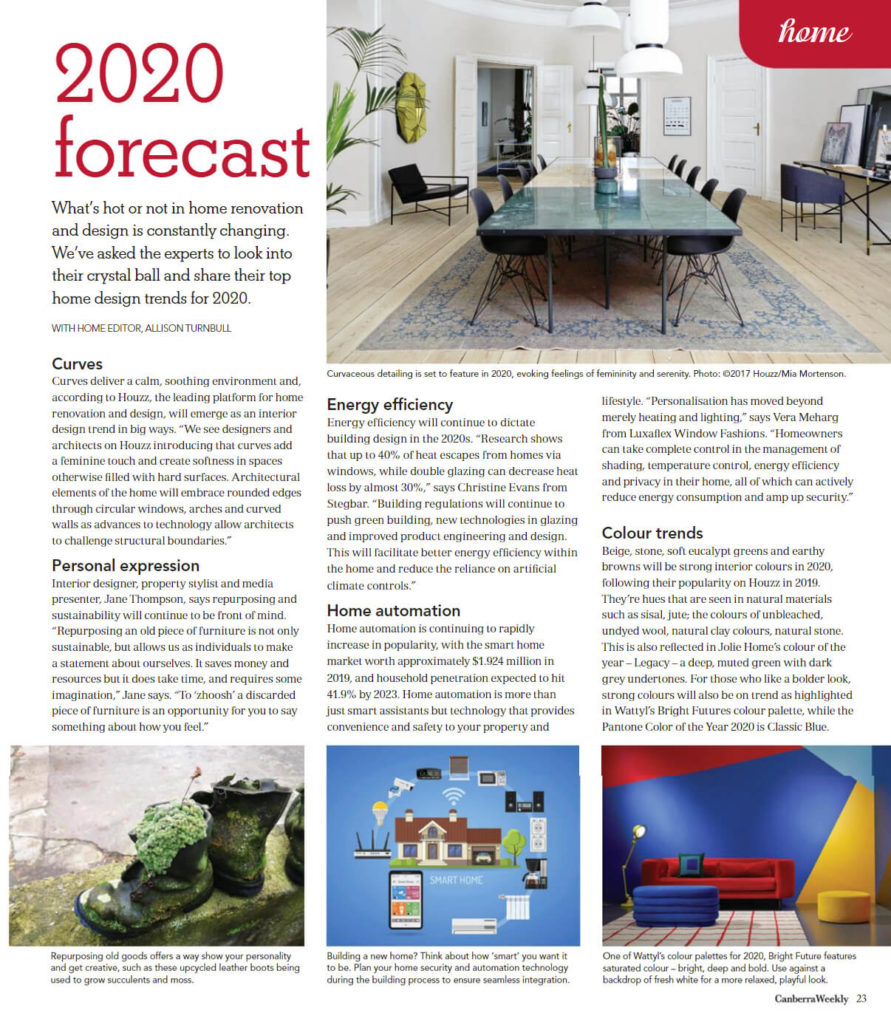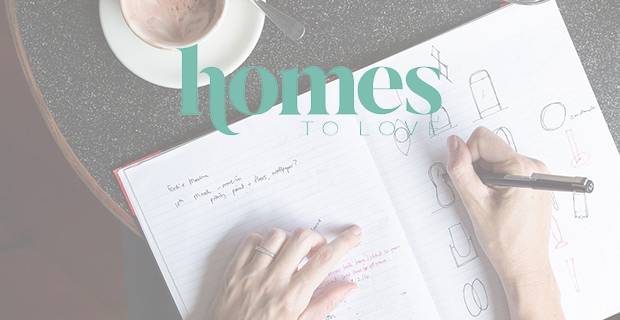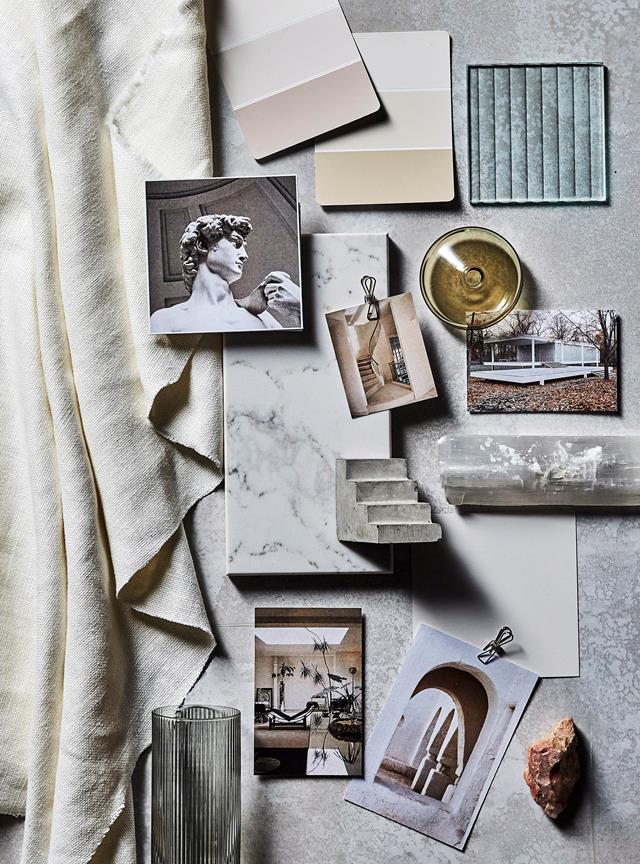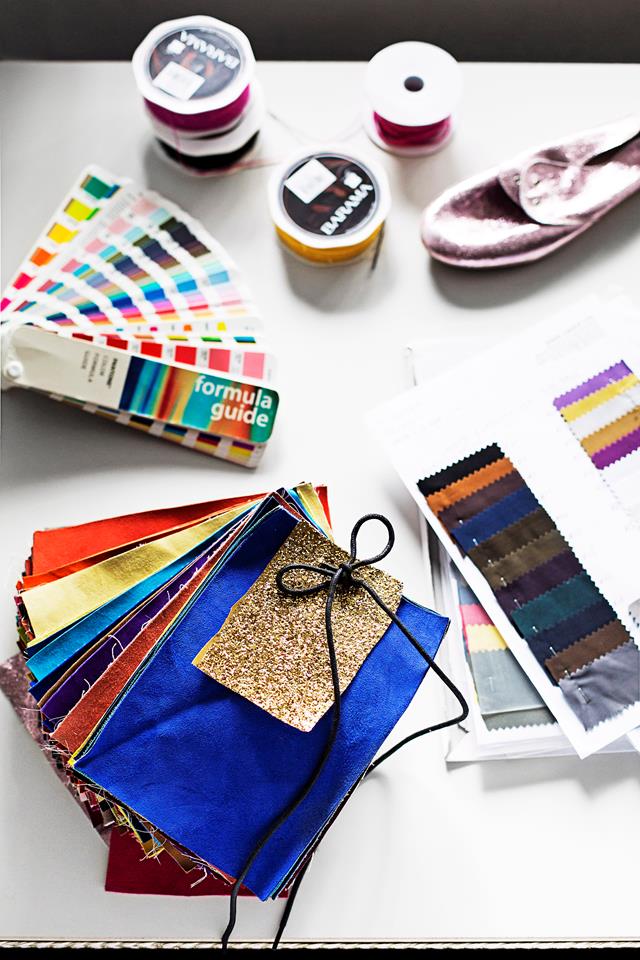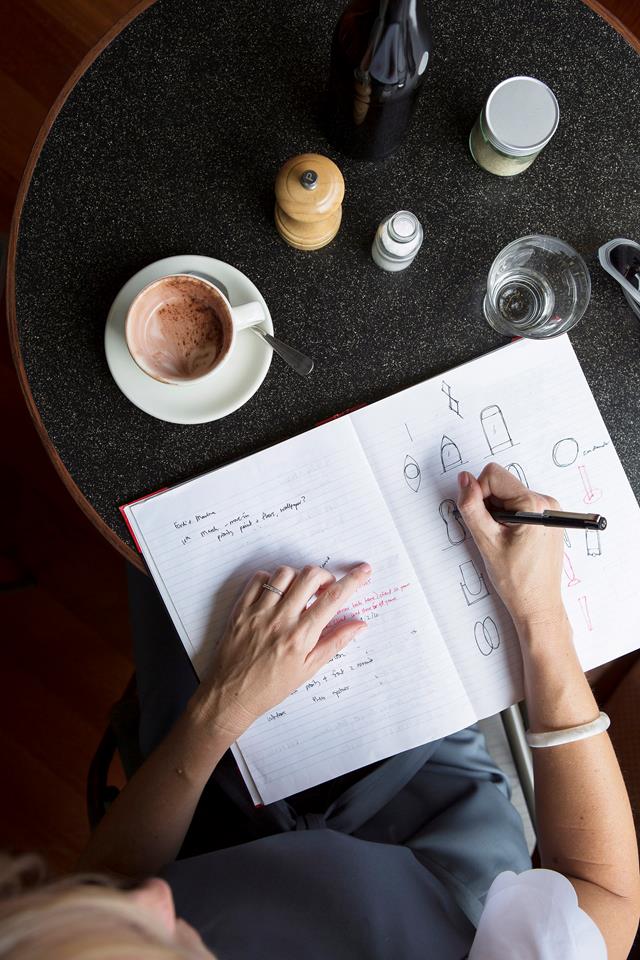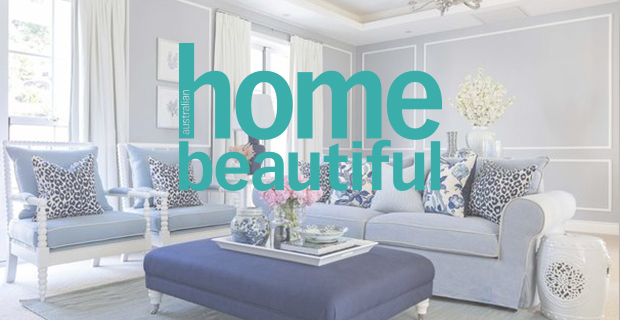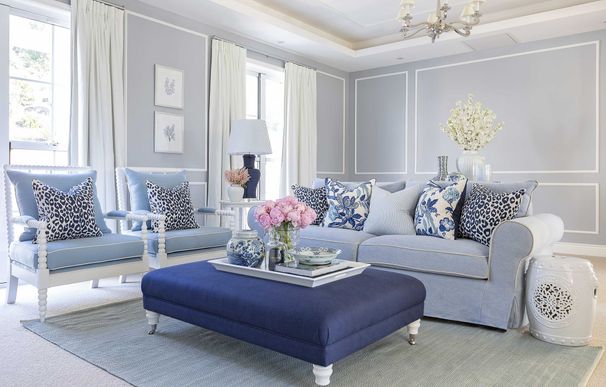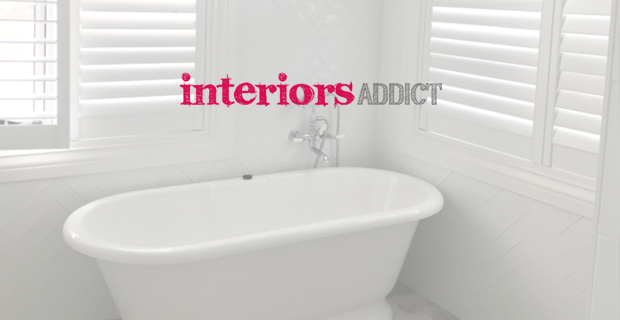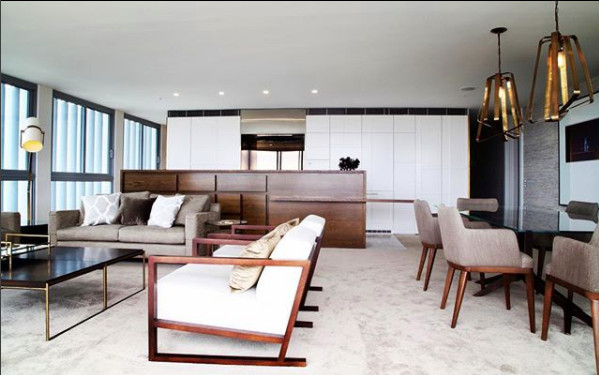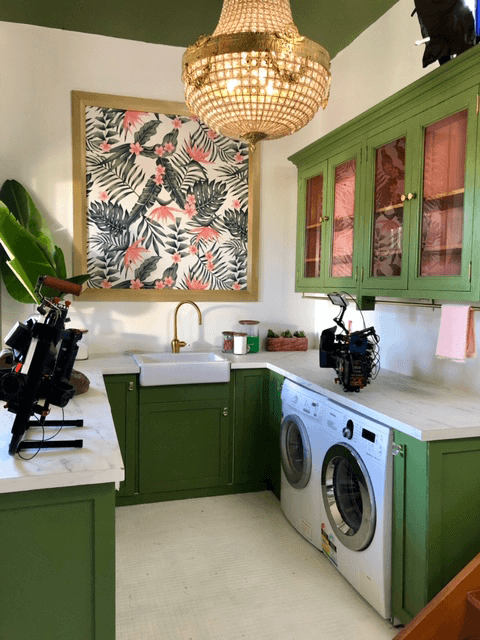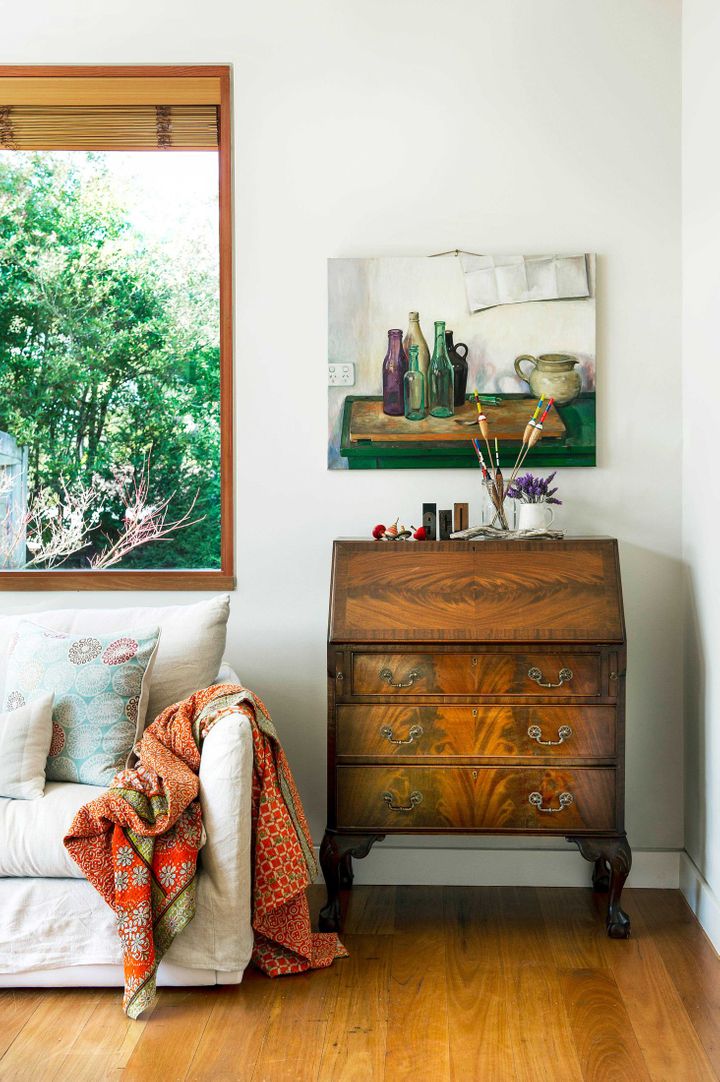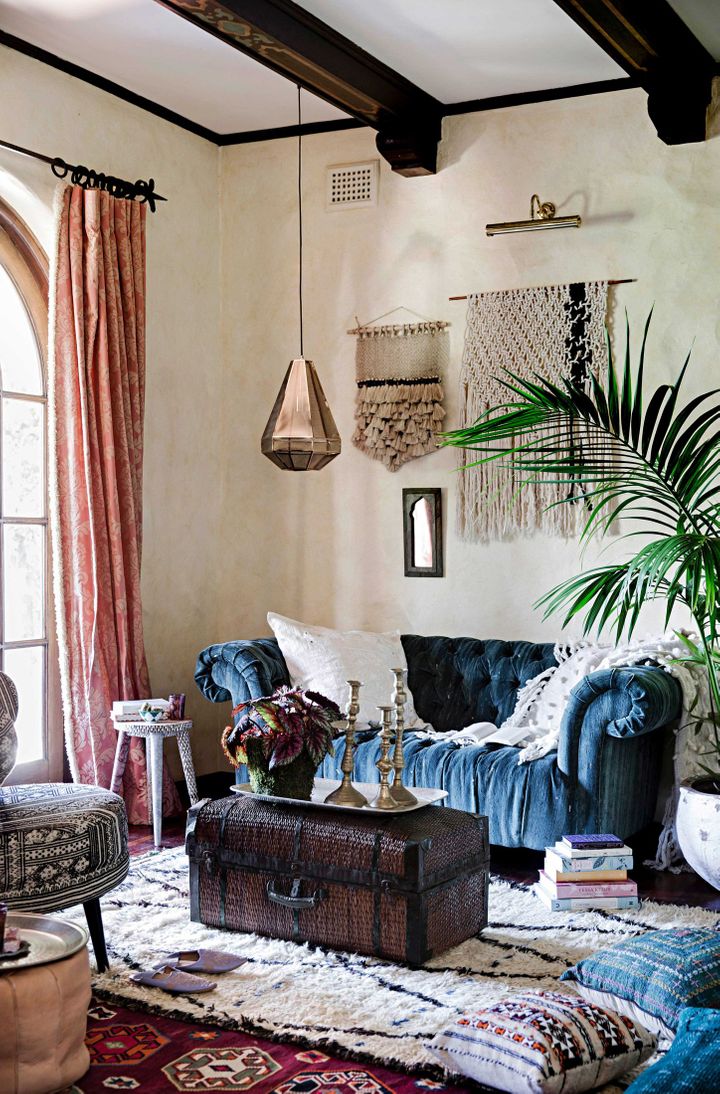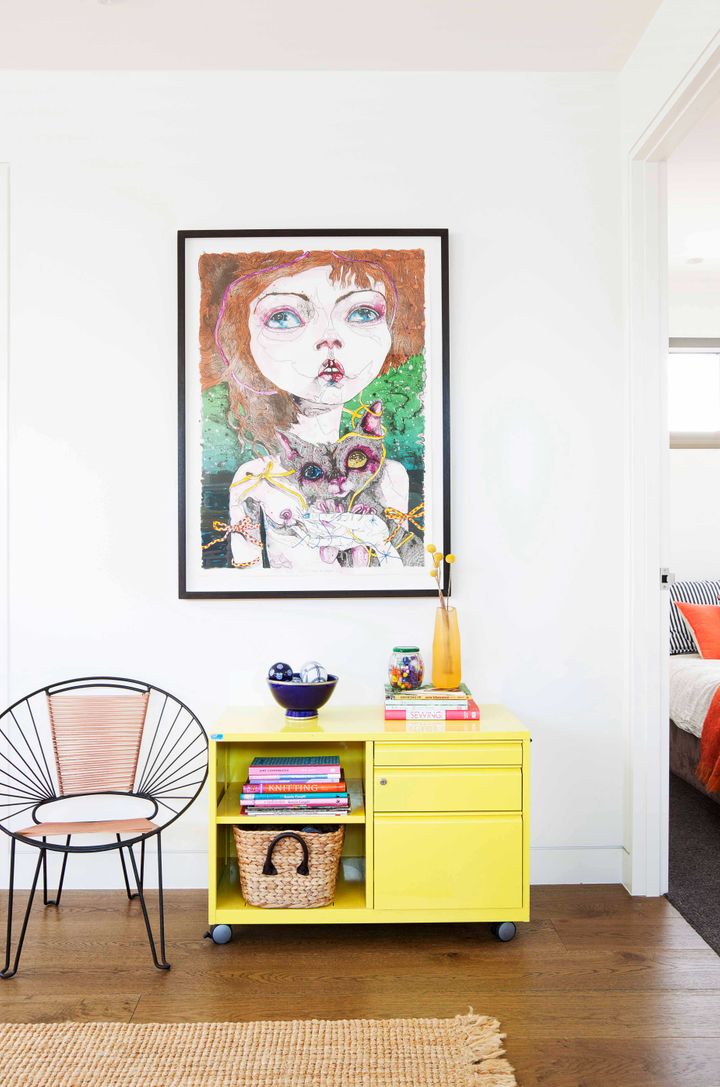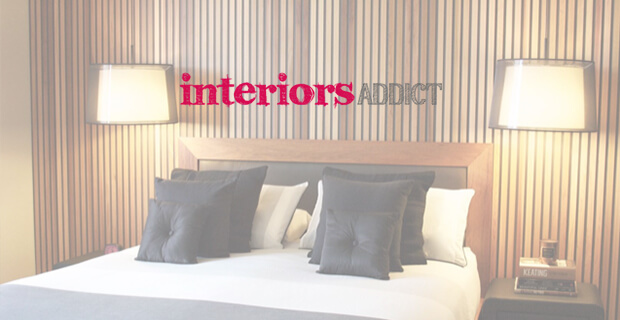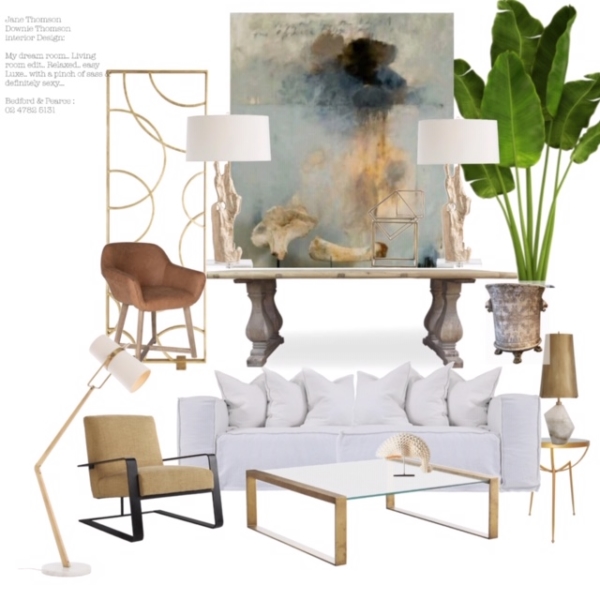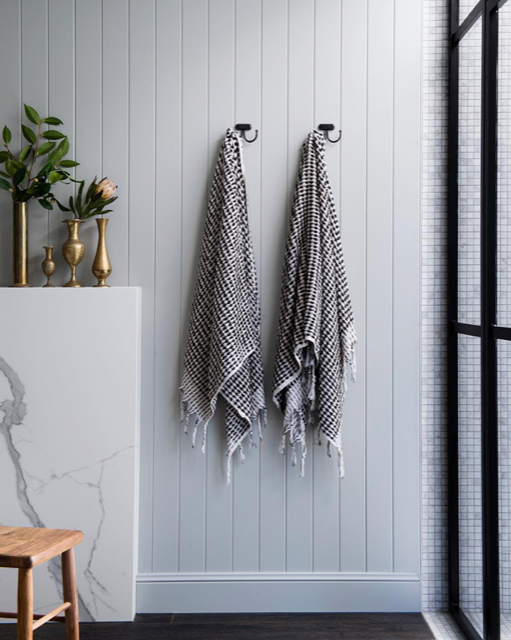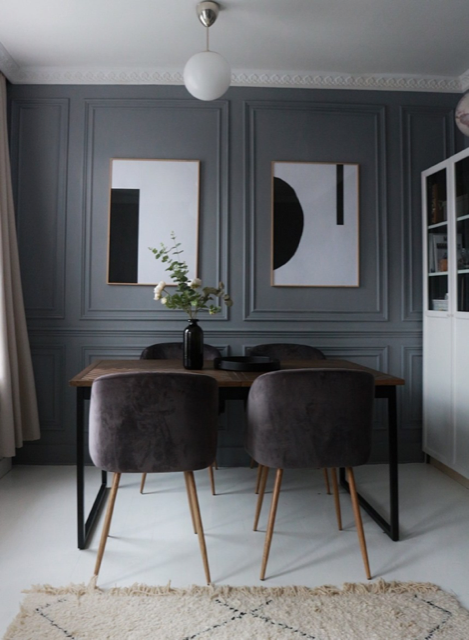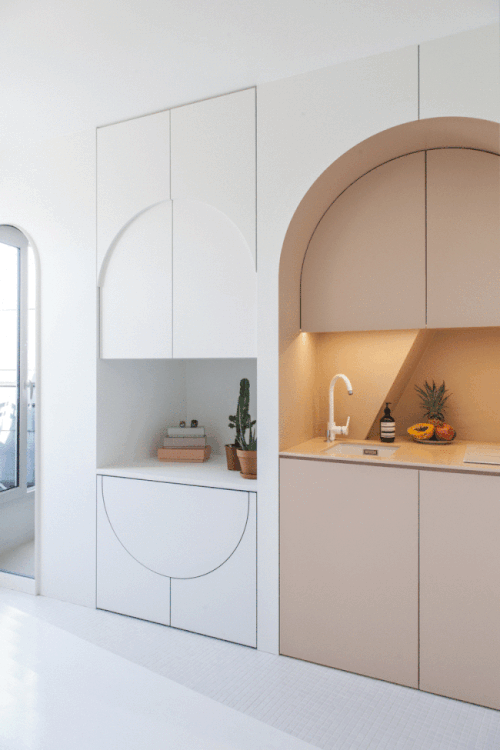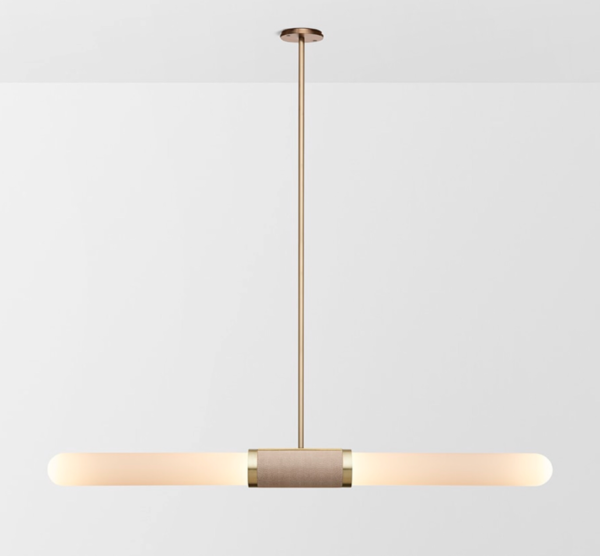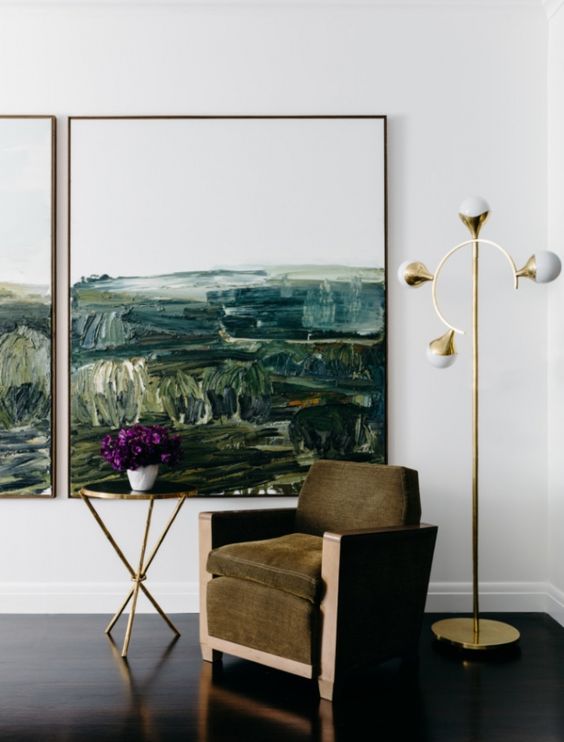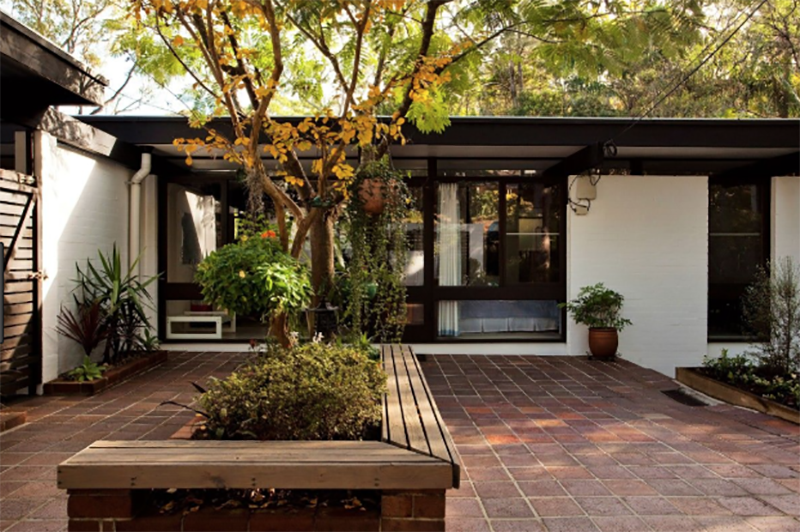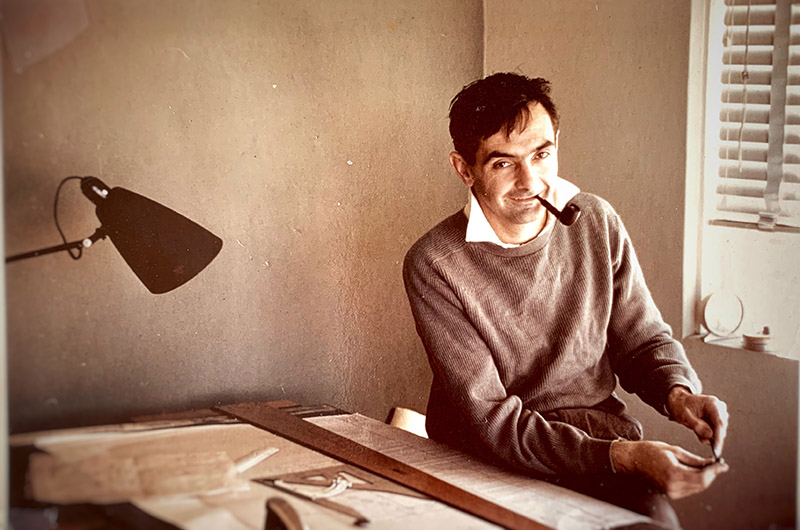Christmas and NYE lead up can seem like a combination of PMT, and herding cats, wrangling children, and partners. Shopping and gift wrapping, organising relatives and friends, food menu – who is bringing what. And making sure your “cheapskate uncle” on your husband’s side brings better wine than last year’s $3 bargain basement New Zealand sav blanc.
You’re stressed, the kids are demanding (what a good idea if school broke up on Dec 24th!). And you feel like you’re at your wits end. Pre Christmas traffic and parking alone can do that.
But that’s what embracing the Christmas period can sometimes be – a headache, and a mass of contradictions at the same time. And the last thing to contemplate on the big day before the celebratory champagne is popped, is the table set for the festive lunch or din dins?
An hour into the elbows up, flaps down and bums up of preparing seafood, ham and turkey you realise.. WTF! I forgot about the table…
Eeeekkkk you remember, first impressions count on Christmas & New Years.
A few important decisions, remember, can be made ahead of St Nick’s and NYE’s arrival. Like what is the weather going to be like.
This year we are likely to be graced with blue sky’s and mid 20’s temps. So perfect for outside dining if that’s your thing.
The Answer is KISS
So this is my suggestion of a few things to do to make that special table setting, zing. Dressing our Christmas/NYE table is a personal thing. For those of us that require a simple easy route, K.I.S.S [ keep it simple silly]. So if you fall under the KISS category, use what you already have! I know right?
It’s a special time. So pull out Mum and Nanna’s cherished china and silver and use them. The kids and adults as well, love to hear stories of Christmas past when their parents were kids in the “olden days”.
Vintage Is In
Use old hand-me down family platters if you have them. From my experience, they’re usually a combination of whites, patterns with touches of silver. Try and limit the colour palette so not to create too much visual confusion. White, green and gold are also good alternatives.
Don’t worry that you have mismatching knives and forks. It adds authenticity and looks effortless. And if you are using a mish mash of different platter styles opt for white napery. Find that stray white table cloth in the linen cupboard and give it a good laundering the week before it’s needed. Bleach and or a good soak in Vanish helps banish stains of Christmases past.
The way to make this table zing is to find well-preserved branches of bushes or tree branches to stuff into a couple of plain glass vases. Magnolia, Christmas bush, hydrangeas, and gardenias. For a long table, 2 vases will suffice.
Keeping with the easy peasy, limited colour palette element, my suggestion is adding some depth using green paper serviettes. It may not be de-rigueur in the age of sustainability, but hey its Christmas. And time is precious!
Three Colours!
Also, you could get younger hands to help and snip off a cut of your branch bunches and tie it to your rolled-up paper serviette with either Jute or leftover Christmas ribbon. The key to successfully dressing the table is sticking to a 3 coloured palette.
A combination of your silverware or other cutlery (definitely not plastic) white table cloth, table greenery, and mismatched crockery, will see your food shine. And your hastily “cobbled together” table will present like on-trend vogue photoshoot. Without the fuss.
Although do remember imagination is the limit here. Be very aware of not overcrowding the table. There has to be plenty of room for the goodies to be passed and shared around.
If you want a more formal Christmas or New Years table setting, upgrade to a nice table cloth if you have one – it’s an occasion. You don’t, like, go to a ball in your tracky dacks!
Use the family’s best china and silverware. Doesn’t matter, again, if the settings are cobbled together from family members. It’s a celebration. So treat it as such.
To add some swankiness to the day (and why not), add handwritten place name cards. It makes your guest feel oh so spesh! And guarantees, possibly, a much better Chrissy present for you next year! Weeeeee!
I may sound like a broken record, but again limit your colour palette. Stick to 3 colours and that’s it! Anymore looks naf. And think about the colours of our Australian nature . Think softer greens, blush pinks to emulate the gum blossoms. There are tonnes of gum blossoms out now so you can literally forage them for the side of the road!
I’m sorry guys, but, the “Euro” Christmas colour path we have gone down for so many years, needs an Aussie rethink. And it is time for a change – our own identity, rather than an adopted one.
A great trick to give a formal setting more depth and interest, is to think about creating levels. It may seem weird, but trust me. Wrap a stack of books in either white butcher’s paper or old white linen serviettes, to stand your key serving platters on. It helps the turkey, ham or seafood stand out among the veggie platters and other yummy confections being served.
You Can Never Have Too Many Candles
Oh and always add candles, and I mean plural. Use as many as you feel comfortable with . Candles always deliver the quintessential Christmas feel without the big bucks. And to keep with the formal look use the same size candle. Tea lights in the small glass containers from Ikea are a good option for creating ambiance and not a table fire hazard.
Think mass groupings of candles, like mass formal garden plantings to help create the most stunning table out there . And keeping with the greenery vibe, if you see potted succulents or a Kmart equivalent buy three of them. Set in a line down the table is neat and yet adds more “je ne sais quoi”.
And my last few personal tips for you on the day.
1: Breathe deeply. There WILL be food and wine accidents – adults usually are to blame. As they say in Frozen .. “ let it go…” life’s way too short.
2: Relax and enjoy . And to paraphrase, Monty Python, don’t mention the war. So avoid politics and religion as conversation topics and everything will go swimmingly! Except of course if the only thing to drink is cheap sav blanc.
This post originally appears in Mouth of Mums
